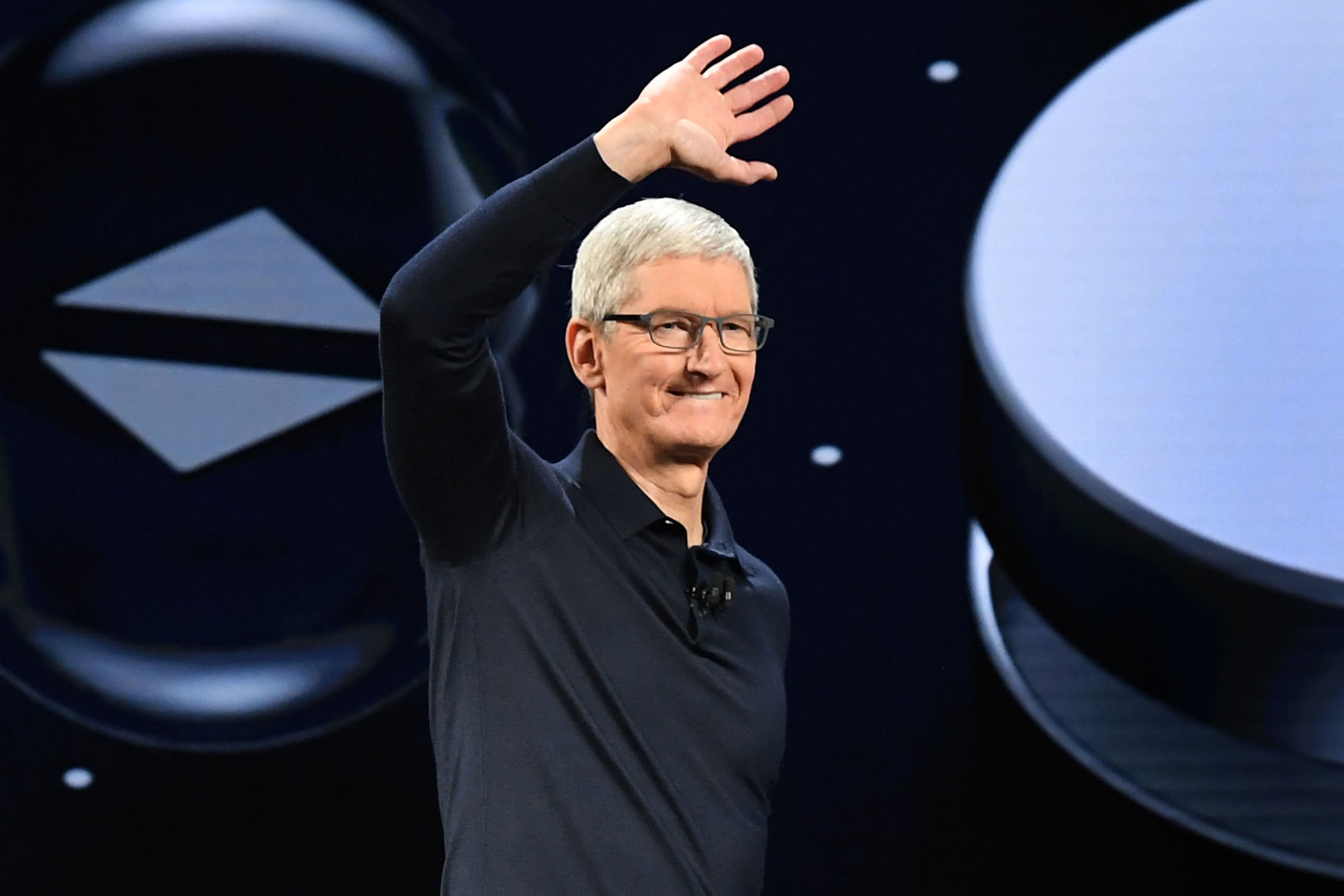
Apple is moving ahead with its self-driving car technology and targeting 2024 as the year it produces a passenger vehicle, according to a report from Reuters.
Five experts weigh in on what this news means for the stock.
Jim Cramer, host of CNBC’s “Mad Money,” said a product may or may not come to fruition.
“If they have a product that’s superior to, let’s say it, Tesla, then they’re going to put it out. If they don’t, then they won’t. Has [CEO] Tim Cook ever put out a product where he didn’t think that the customer satisfaction would be right? … I just don’t think that you want to buy the stock up 4% [Tuesday], knowing that they say ‘No comment’.”
Danny Fortson, senior business reporter for The Sunday Times, called this a “gold rush” in the electric vehicle market.
“If you look at a Tesla, in many ways, it feels like an iPhone on wheels. And so you can see the logic there, but they’re going to have to overcome several hurdles, not least of which is cost. Because one of the hurdles for electric cars generally is it’s a lot more expensive upfront. That being said, the technology, whether it’s the battery technology which is the biggest single cost for an electric vehicle, it costs about a third of the overall sticker price, that has come down dramatically, something like 75% in the last 15 years. So, it is getting to a point though if you talk to people in the industry, 2021 is the year, it’s the inflection point where you’re going to have a dozen, two dozen cars in the next 12 to 24 months that come onto the scene, electric cars at reasonable price points, many of them. So there is a moment here, there’s a bit of a gold rush in the electric car industry and Apple is obviously looking at that.”
Alex Kantrowitz, founder of Big Technology, said Apple is likely focusing on the artificial intelligence of self-driving cars.
“Manufacturing of the cars, the distribution, that’s the easy part. The hard part with self-driving which is what they’re aiming at is getting the AI technology working to the point that you can put these cars on the road and not have them hit and kill people. And I don’t think Apple is at that point right now so if they focus in that direction, they’re going to be in better shape and they have so much cash that figuring out distribution, figuring out manufacturing, that’s really down the line.”
Austin Russell, co-founder of Luminar, breaks down the ins and outs of the original equipment manufacturers.
“If you want to build something that can actually go into production, you know, you really need to work directly with the OEMs [original equipment manufacturers] that have been building cars for, you know, decades, centuries here, in some cases up to a century. So I think what it comes down to is this is where the right partnership model comes into play. Everyone has their niche in terms of what they do. Obviously, the Apples of this world have an incredible ecosystem of things that can be leveraged. When it comes to the OEM model and that side of it, obviously they have their specialty with what they do. And then of course we work with all of these different OEMs to be able to integrate this technology, starting with the development phase then moving into production with some of the other programs that we’ve gotten out there. When it comes down to it, if you want to have something that’s really viable … you really need those huge economies of scale. And that’s where the consumer production vehicle comes into play, but that’s really our core focus.”
Stephanie Link, chief investment strategist at Hightower, said Apple is in a good position to develop the hardware and software of a self-driving car.
“The EV total addressable market by 2027 is going to be $800 billion. Last year it was $165 billion. So there’s clearly growth. But there’s also a lot of competition. I would actually be surprised if they actually make a car, because the profitability is so much less, but I think what they’re maybe more after is really enhancing the driving experience, using hardware, using software, using services, and they can do this because they have just brought in five core technologies in-house. So they brought in processing, they brought in batteries, they bought in camera, also sensors and display so they can package it up, and then sell it.”




